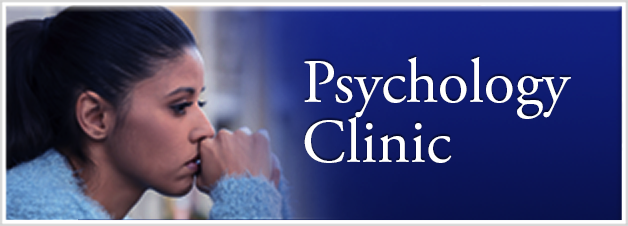Researchers use behavioral intervention to achieve long-term results
MARCH 10, 2016 | BY CHRISTINA STEUBE

UM researchers recently released the results of a two-year study examining whether even brief sessions with a sleep therapist can help ease the frequency of migraines for chronic sufferers.
Even relatively brief sessions with a sleep therapist may prove useful in relieving the frequency of migraines for chronic sufferers, concludes a study conducted by researchers at the University of Mississippi.
The study is reported in the February issue of Headache, the flagship journal of the American Headache Society. Todd Smitherman, UM associate professor of psychology and a licensed psychologist, is the lead author who conducted the trial in collaboration with Dr. Malcolm Roland of the Oxford Neurology Clinic and colleagues at Wake Forest University and Elliot Hospital in Manchester, New Hampshire.
Carrie Ambrose, Brooke Walters and Rachel Davis, all doctoral students in the UM clinical psychology program, served as project coordinators to help run the study, which used a three-session cognitive-behavioral intervention, known as CBTi, to treat insomnia, which often accompanies frequent migraine attacks.
“It was unique and different in that we used actigraphy (the use of motion sensors to monitor sleep patterns) in order to get objective data on sleep instead of simply using the patient’s subjective report of their sleep, which is often done,” Walters said.
Migraines affect 12 percent to 14 percent of Americans each year, and the majority of migraine sufferers who have 15 or more days of headache per month also experience significant insomnia, Smitherman said.
Thirty-one volunteers who suffer from chronic migraines and insomnia were assigned to two treatment groups and monitored throughout the two-year study, conducted at UM’s Psychological Services Center in Kinard Hall. These people averaged 21.6 days per month with headache symptoms when the study began.
The CBTi treatment included training patients in skills designed to associate their bed with sleeping and eliminating other activities, such as reading and watching television while in bed. Participants were instructed to keep a consistent time of going to sleep and waking up, as well as getting out of bed when they were unable to sleep.
Both groups improved and did not differ significantly from each other when the treatment ended. But six weeks after the conclusion of the study, the odds of experiencing headache were 60 percent lower for those receiving cognitive-behavioral therapy for insomnia than for those receiving a control treatment providing the same amount of contact with a therapist, Smitherman said.
At follow-up, those receiving CBTi had a 48.9 percent reduction in the number of days with headache, compared to a 25 percent reduction for the control group.
This study was funded by a $49,858 grant from the Migraine Research Foundation, a nonprofit organization that funds migraine research.
“The Migraine Research Foundation is proud to have sponsored Dr. Smitherman’s groundbreaking research on behavioral insomnia and chronic migraine,” said Cathy Glaser, the foundation’s president. “Thirty-eight million people in the United States suffer from migraine and more than 4 million of them have chronic migraine, which is extremely disabling and very difficult to treat.
“Advancements in the treatment of chronic migraine like this will provide hope and help to millions of people.”
This is the second study to show that treating insomnia improves migraines, Smitherman said.
“It’s exciting because the insomnia treatment is all founded in changing basic sleep behavior patterns and involves no medication,” he said. “This pattern of results is what we commonly see with behavioral interventions for insomnia, psychiatric disorders and other conditions. Patients often continue to improve after the intervention is over.”
The data will be presented at the American Academy of Neurology Conference in Vancouver, British Columbia, in April and at the annual meeting of the American Headache Society in San Diego in June, Smitherman said.
“We hope that sharing the results of this study with providers and instructing them in how to administer the CBTi treatment will allow clinic patients to start receiving this treatment in the near future,” he said.
“Our lab, the Migraine and Behavioral Health Lab, is continuing to pursue this and other lines of research on behavioral treatments for migraine and other conditions that commonly occur with migraines, including obesity, depression and anxiety. We are aiming to submit another larger grant (application) later this year.”
To read the paper in Headache, click here. For more information about the UM Department of Psychology, visit https://psychology.olemiss.edu/.

